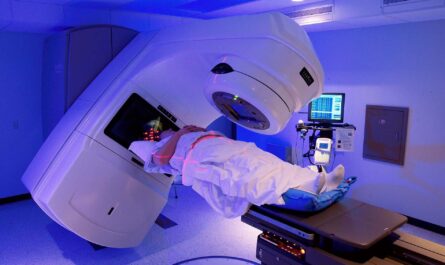Bioactive Peptides
Peptides are short chains of amino acids linked by peptide (amide) bonds. Peptides play numerous roles in the body and are crucial for many biological functions. In recent years, research has shown that certain peptides derived from food proteins can have positive health effects beyond basic nutrition. Such peptides are known as bioactive peptides.
What are bioactive peptides?
Bioactive peptides are specific protein fragments that have a positive impact on body functions or conditions. These peptides remain inactive within the protein sequence and are only released during gastrointestinal digestion or food processing. This release activates their bioactivity.
Sources of bioactive peptides
Many food proteins contain bioactive peptide sequences that can be released during digestion or processing. Common sources of bioactive peptides include:
– Milk proteins: Caseins and whey proteins in milk contain various bioactive peptides with activities like opioid, antihypertensive, and mineral-binding properties.
– Soy proteins: Soy protein isolates and concentrates are a source of peptides with ACE-inhibitory and antioxidant activities.
– Egg proteins: Ovotransferrin and ovalbumin in eggs release peptides with ACE-inhibition, antioxidative and cholesterol-lowering effects.
– Meat proteins: Collagen and myofibrillar proteins in meats release peptides with ACE-inhibitory, antioxidative and calcium-binding properties.
– Cereal proteins: Gluten and other proteins in cereals and grains release peptides with ACE-inhibitory, mineral-binding and glucoregulatory activities.
– Seafood proteins: Fish, krill and whelk proteins release peptides with ACE-inhibitory, antioxidant, antithrombotic and immunomodulatory properties.
Types and activities of bioactive peptides
Research has identified several types of bioactive peptides based on their activities:
Antihypertensive peptides
These peptides lower blood pressure by inhibiting the angiotensin-converting enzyme (ACE), which regulates blood pressure. Common sources are milk, fish and cereals. ACE-inhibitory peptides reduce risks of hypertension, stroke and heart diseases.
Antioxidative peptides
These peptides combat oxidative damage by scavenging reactive oxygen species (ROS) and chelating pro-oxidant metals. Sources include milk, meat, eggs and seafood. They protect against chronic diseases linked to oxidative stress.
Mineral-binding peptides
Certain peptides can bind minerals like calcium, iron, zinc and magnesium and facilitate their absorption in the gut. Dairy peptides enhance calcium bioavailability.
Immunomodulating peptides
Peptides from milk, fish and soy modulate immune responses by interacting with immune cells. They reduce inflammatory conditions and boost defensive immunity.
Opioid peptides
Milk-derived opioid peptides like β-casomorphins bind opioid receptors in the brain to provide calming and analgesic effects.
Other activities of certain peptides include cholesterol-lowering, antimicrobial, anticariogenic, glucoregulatory effects and more. Research advances reveal many more bioactivities of diverse food-sourced peptides.
Methods of releasing and identifying bioactive peptides
As bioactive sequences reside inactive within native proteins, they must be selectively released and purified for use and study. This is typically achieved via two main methods:
In vitro enzymatic hydrolysis
Treating food proteins with digestive enzymes like pepsin, trypsin or alcalase under controlled conditions releases peptides in a process similar to human digestion. This method produces peptide mixtures for assays.
Fermentation by microorganisms
Lactic acid bacteria used in food fermentation can hydrolyze proteins to release peptides during processing of dairy, meat and plant foods. Certain strains selectively release peptides with identified activities.
Recombinant DNA and peptide synthesis methods are also used. Bioinformatics tools map potential bioactive sequences within proteins which are then chemically synthesized for validation and high purity assays and products. Analytical techniques identify and characterize peptide structures and activities.
Applications and health benefits
With their varied activities, bioactive peptides offer several applications and health benefits:
– Functional foods enriched with bioactive peptides promote advantages like cardiovascular, digestive, bone and immune health. They reduce risks of chronic conditions.
– Clinical applications include use of specific peptides to treat or manage conditions like hypertension, inflammation, osteoporosis and others. Some are under clinical trials.
– Nutraceutical supplements containing concentrations of identified peptides provide focussed health advantages for conditions like mental stress, cholesterol levels etc.
– Peptide-based natural preservatives enhance food safety by maintaining freshness or inhibiting pathogens with their antimicrobial effects. Some substitute synthetic preservatives.
Continuing research has established bioactive peptides as important biofunctional biomolecules derived from dietary proteins. Their wide range of positive physiological impacts offer a natural, safe and effective means of optimizing health and preventing disease through customized functional foods and supplements. Further research can help realize their full clinical potential.
Note:
1. Source: Coherent Market Insights, Public sources, Desk research
2. We have leveraged AI tools to mine information and compile it




